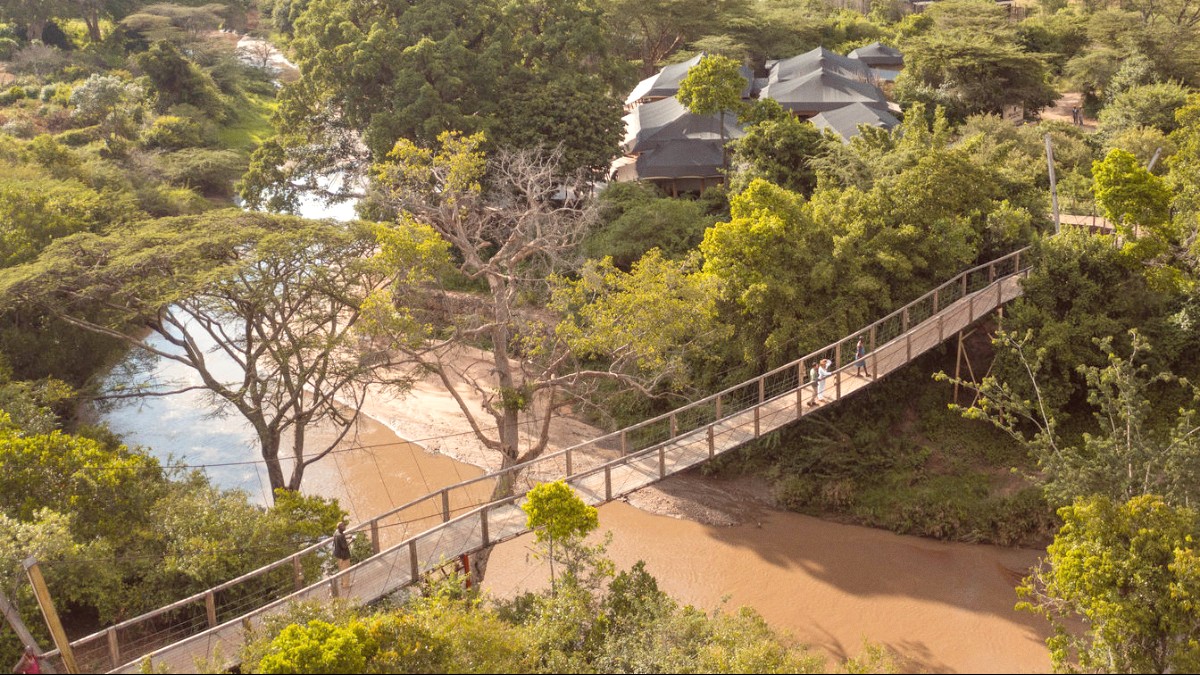
Kenya
Lamu Old Town is the main attraction. It is the oldest and best-preserved Swahili settlement in East Africa, inhabited for over 700 years. Its character is from its labyrinthine narrow alleys, traditional Swahili architecture, and the absence of cars. Exploring its streets is a journey through history.
Its streets reveal intricate carved wooden doors, bustling markets, and glimpses of daily life. The town offers a direct insight into its past and present.
Local guides are the best way to uncover hidden gems and less-visited spots.
Formal, large-scale art galleries are limited. Some hotels and guesthouses display and sell local art.
Many artisans sell crafts directly from their workshops, allowing observation and unique purchases.
Occasionally hosts cultural events, workshops, and performances. Inquire locally about scheduled activities.
Traditional Swahili music (Taarab) and dance performances (Ngoma) seen during major festivals or arranged privately.
These spaces contribute to the ongoing preservation and display of Lamu's rich cultural heritage.
Beyond the living history of Lamu Old Town, the archipelago holds significant archaeological and historical sites.
Well-preserved remains of a 15th-16th century Swahili settlement. Features a large Friday Mosque and unique pillar tomb.
Older than Takwa, dating back to the 9th century. Historically important, representing an earlier phase of Swahili coastal settlement.
19th-century fort built by local Swahili people to resist Omani and European incursions. A symbol of local resilience.
The entire town functions as a living historical district. Its coral stone houses, intricate carved wooden doors, and narrow alleys are unique.
Riyadha Mosque is a central and historically significant Islamic learning center. Its calm courtyards offer a peaceful atmosphere.
The calls to prayer from numerous mosques create a pervasive and atmospheric soundscape throughout the day.
Lamu's natural beauty complements its historical charm, offering serene landscapes and opportunities for wildlife viewing.
Shela Beach is the main recreational beach. Kipungani Beach offers a more secluded experience. Manda Bay, the channel, is central to dhow traffic and scenic views.
Marine life (fish, sea turtles, dolphins) during snorkeling. Birdwatching in mangrove areas. Donkey Sanctuary for direct interaction with rescued donkeys.
Lamu Island does not have large formal parks or botanical gardens. The most extensive "natural park" areas are the surrounding mangrove forests and marine reserves.
Lamu presents unique photo opportunities and less-visited locations for exploration.
Photograph the hundreds of unique, intricately carved wooden doors throughout Lamu Old Town, each telling a story of family history and craftsmanship.
Capture the iconic sight of donkeys navigating the narrow, bustling alleys of Lamu Old Town, an unique feature of island life.
Photograph dhows with their iconic lateen sails, either close-up on the water or from a distance against the backdrop of the islands.
A lesser-known center promoting Swahili culture and arts. A place to find local artists at work or learn about cultural preservation initiatives.
Located at the southern tip of Lamu Island, Kizingoni features luxurious private villas. It offers extreme seclusion, untouched beaches, and a serene escape.
Observe local artisans constructing and repairing traditional dhows using centuries-old techniques along the waterfront in Lamu Old Town.
Enjoy sunset drinks from a rooftop in Lamu Old Town. Spectacular views of the town and channel unfold as dusk settles.
The entire town functions as a living historical district. Its coral stone houses, intricate carved wooden doors, and narrow alleys are unique.
Riyadha Mosque is a central and historically significant Islamic learning center. Its calm courtyards offer a peaceful atmosphere.
Always check current travel advisories from your home country's government for the most up-to-date information on security and local customs.
Engaging a local guide greatly enriches your visit.